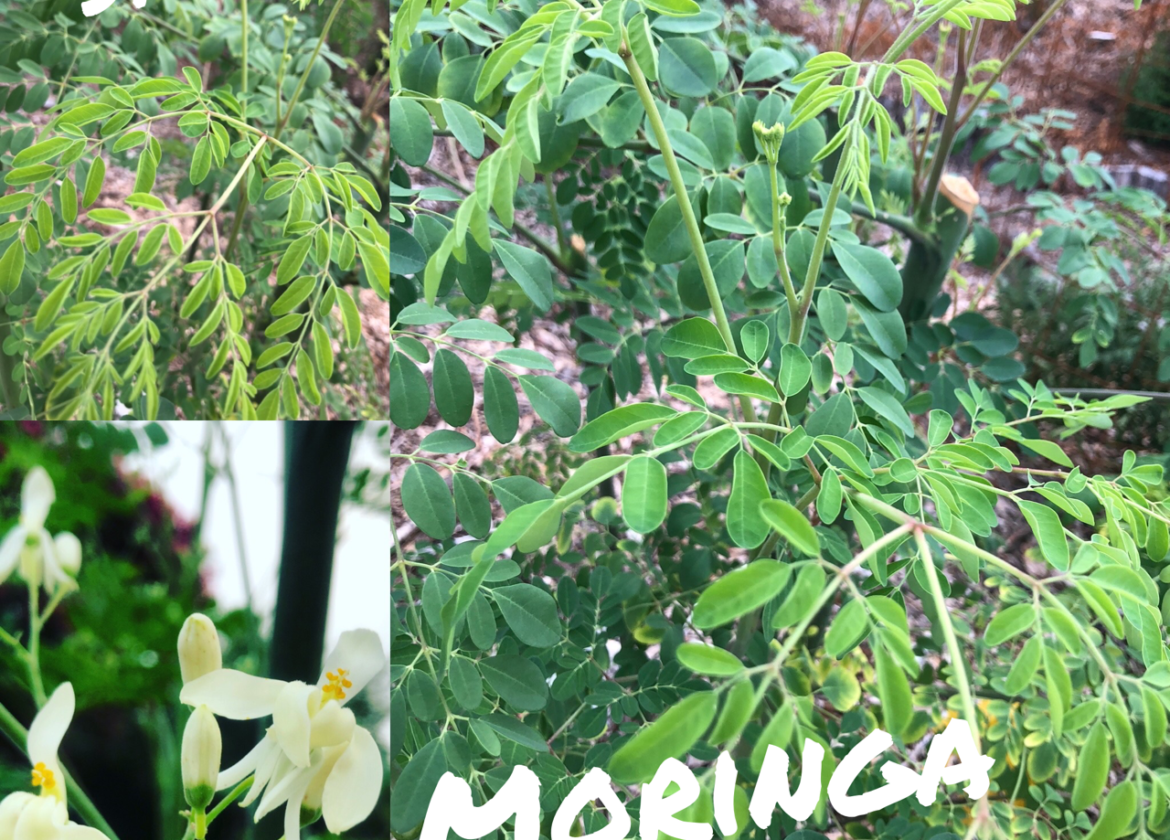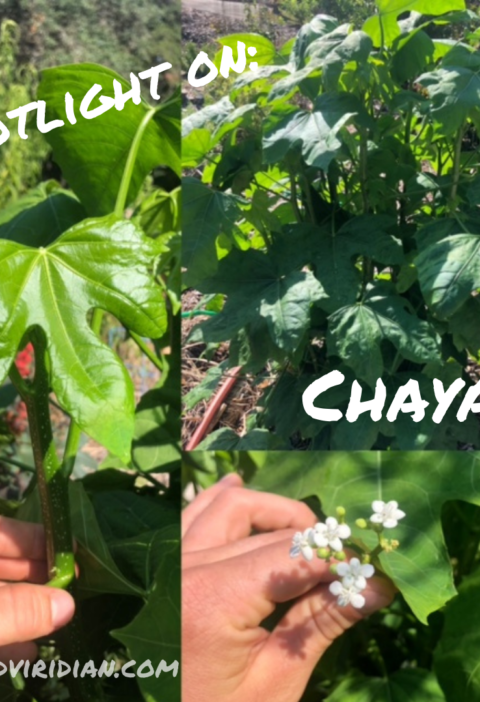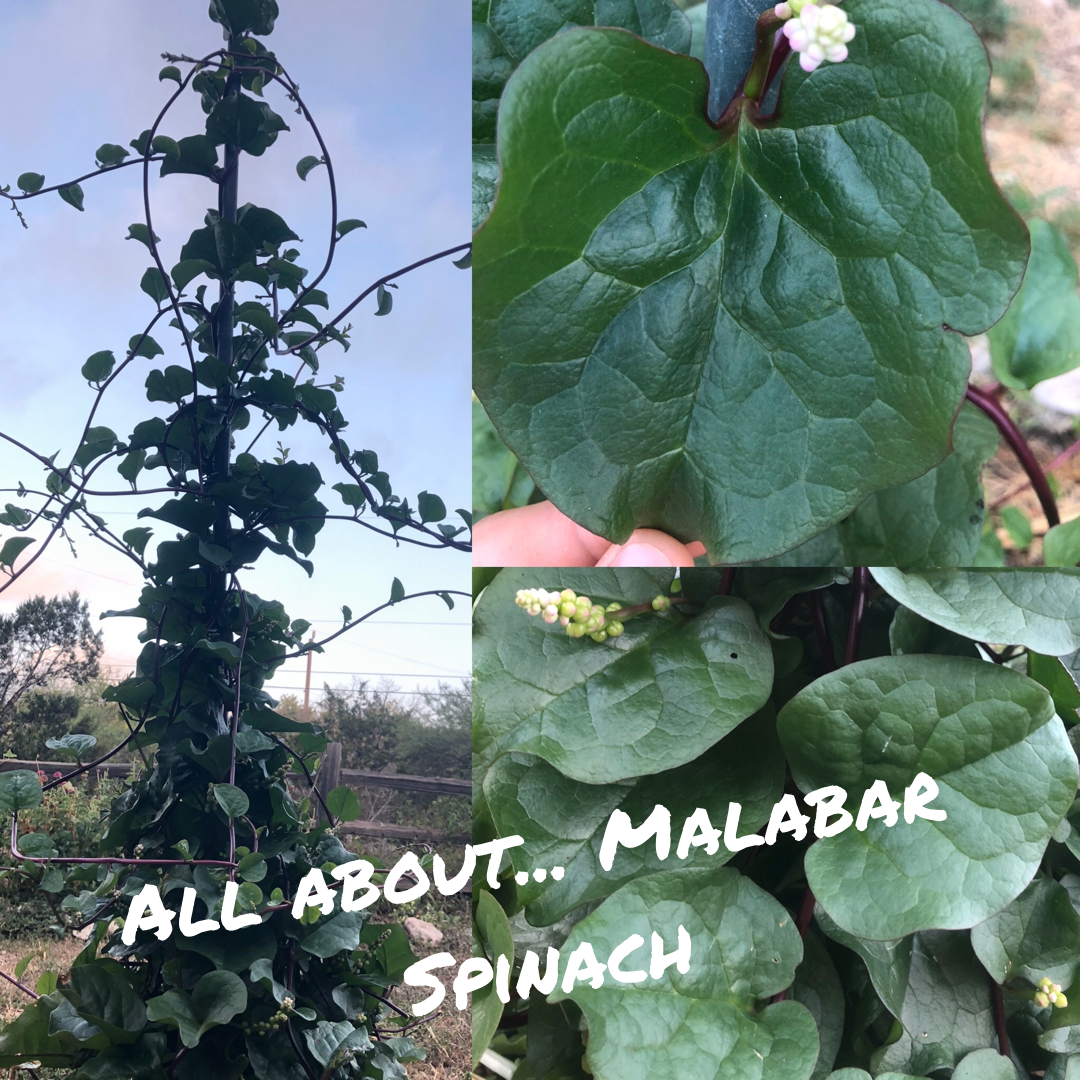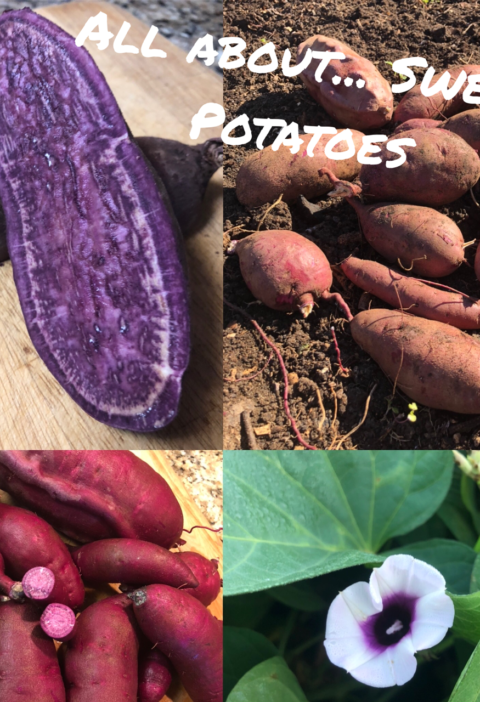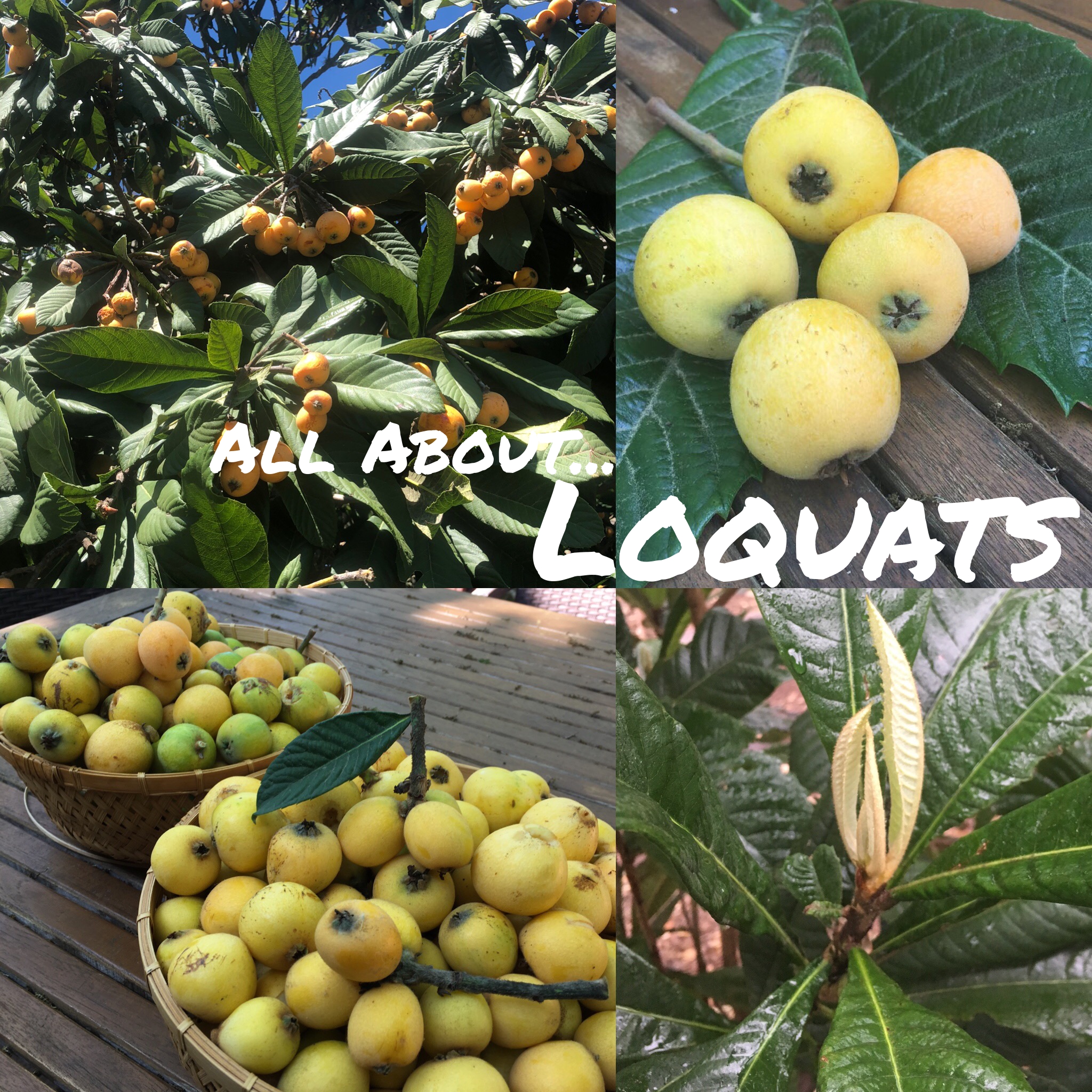
This little known tree is a superfood on steroids! Fast growing and highly nutritious, this incredible plant has the potential to banish malnutrition abroad and bolster food security at home. And yet, I bet you’ve never heard of it.
The plant I’m talking about is Moringa Oleifera, commonly just referred to simply as “moringa.”

This plant boasts an impressive list of nutrition facts. According to the USDA 100 g of raw moringa leaves contain almost twice the protein of yogurt, more vitamin C than oranges, and about as much potassium as bananas! That’s just the tip of the iceberg — they’re bursting with lots of other vitamin and nutrients. Dried and powdered, the leaves can be stored long term as a powerful dietary supplement.
It’s not just about the leaves, though! Every part of the Moringa oleifera tree is edible.
It’s known by a ton of other names like Ben tree, Horseradish tree, Drumstick tree, and “The Miracle tree.” It has names in other languages as well, but the one you’re most likely to see in the U.S. is “malunggay,” –its name in the Philippines.
“Wow, Ted, this plant really does sound like a miracle tree! Where do I find it?” you might say.
Sadly, the fresh leaves of this plant are not easy to find in a grocery store. I’ve seen it occasionally at Asian markets, but it’s not very common. Here at Viridian, we sell fresh shoots, leaves, and “beans”, when in season and and seeds and powdered leaves all year ’round in the San Antonio area.

If you got yourself some seeds and you’re interested in growing this miracle plant, check out the next section!
Grow it
I advise starting from seed, rather than trying to take cuttings. Moringa seeds germinate easily if you soak them overnight before planting.

Make sure that temperature is warm enough before you plant your seeds –this is a tropical plant so it needs plenty of heat to grow. If the seeds are planted in cool, damp soil they will just rot.
Like I said before, I soak the seeds in water for one up to to three days. They are large seeds and have a tough seed coat, so it takes the water a little while to make it through. This is an optional step, but I like to do it because it speeds up the process. They can take quite a long time to sprout if you skip doing this.
At this point you can directly plant the seed into soil or plant the seed into a small container. If you start in a container, it’s up to you how long you keep it there. You can plant it as soon as it has two pairs of leaves, or you can continue to put it in larger and larger pots and keep it in a container for life.
I plant these when they’re fairly young into my native soil with a heavy layer of mulch on top. In Central Texas, you can get these guys started and still get a leaf harvest if you plant any time from late March to July or August.
These plants grow fast! They can go from this size:

To this size — in just a few weeks!

This tree grows so fast, it can easily grow taller than you can harvest. Once the tree is making leaves higher up than I can reach, I cut it down to a more convenient height, like so:

Another advantage of this is that it produces lots of side shoots, which are the tastiest part, in my opinion.

However, for you container growers, keeping Moringa in a container has a big advantage: you can bring it in for the winter. Moringa will die if it freezes. If you live in Central Texas, we get frosts here but the ground doesn’t freeze. If you cover the plants with a thick layer of mulch over the winter, they usually will sprout from the roots again the following spring.
Here’s a photo of a three year old tree that’s resprouting after the winter. You can see last year’s dead trunk in the bottom left

If you live in a colder climate than Texas, Moringa may still be worth growing as an annual for its leaves. You will have to plant more of it, and you’ll have to order new seed every year if the ground freezes and because the growing season isn’t long enough to allow the tree to make seeds.
Eat it
Like I said, just about every part of the Moringa tree is edible.
The tender young shoots can be eaten as a green vegetable — saute them with garlic and oil, grill, steam, chop and saute, etc. They’re similar to asparagus.

Young leaves can be used as a substitute for spinach (although they have a decidedly stronger flavor) sauteed, added to soups, stews, sauces, etc.

As the leaves get older, they get tougher and more strongly flavored. I think the best thing to do with the old leaves is to dry them. Strip the leaves and lay them on a dehydrator or on screens in the sun. Once dry, you can store them dry and whole, or crush into powder
Enough about leaves, what about the more exciting parts? Like… the flowers! The flowers are white with yellow stamens, and have a subtle kind of beauty.

The internet says that the flowers mushroom-like flavor. I don’t know about that, but they’re certainly tasty. Maybe I just haven’t had enough of them to saute at once.
The thin, young seed pods can be picked and used like green beans. They’re on the top of this picture (the leaves are on left.)

The roots taste are supposed to taste like horseradish, but I have yet to try this! Perhaps I’ll do a recipe for 100% homegrown cocktail sauce. Who knows!
Oh, and one more thing. the large seeds of the mature pods can be harvested, and pressed for a oil called Ben oil, used culinarily and cosmetically. This plant has so many uses that it’s hard to fit them all in!
Ok, ok, last thing. I promise! The ground seeds have been found to be effective at purifying water. The implications for this are pretty incredible.
This little tree seems too good to be true — fast growing, drought tolerant, and a provider of nutrients, protein, oil, and clean water. Invest in your garden and future food security and grow this miracle tree!
